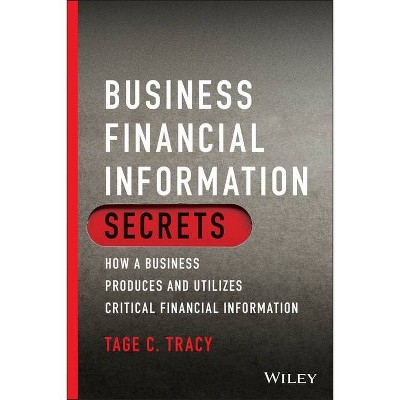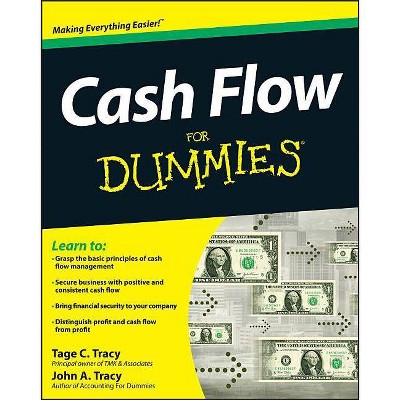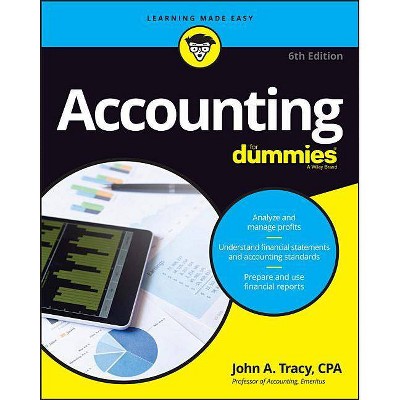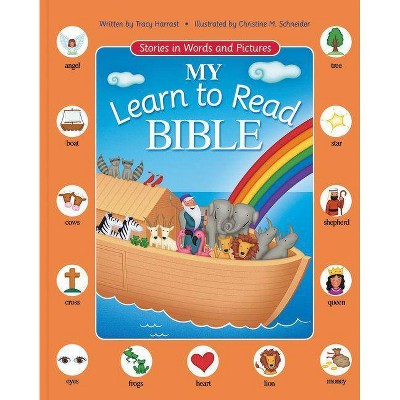How to Read a Financial Report - 9th Edition by Tage C Tracy & John A Tracy (Paperback)
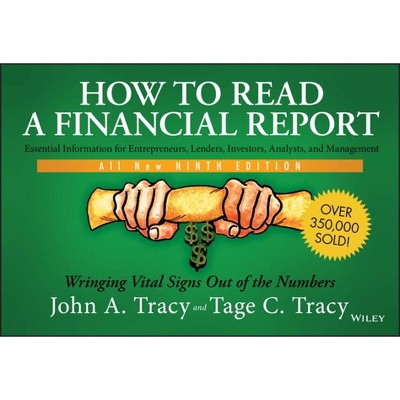
Similar Products
Products of same category from the store
AllProduct info
<p/><br></br><p><b> About the Book </b></p></br></br>"Financial reports provide vital information to investors, lenders, and managers. Yet, the financial statements in a financial report seem to be written in a foreign language that only accountants can understand. This new Ninth Edition of How to Read a Financial Report breaks through that language barrier, clears away the fog, and offers a plain-English user's guide to financial reports. Lurking somewhere amidst all the figures in a financial report is vitally important information about where a company has been and where it is headed. But without a guide to isolate and interpret those numbers, the dizzying array of columns and rows doesn't add up to anything. That's why thousands of professionals and savvy individuals have referred to this bestselling resource that shows anyone how to make sense of the numbers"--<p/><br></br><p><b> Book Synopsis </b></p></br></br><p><b>The updated new edition of the comprehensive guide to reading and understanding financial reports</b></p> <p>Financial reports are used to provide a range of vital information, including an organization's cash flow, financial condition, and profit performance (aka The Big Three Financial Statements). Financial statements are often complex and extremely difficult to understand for anyone other than accounting and finance professionals. <i>How to Read a Financial Report </i>enablesinvestors, lenders, business leaders, analysts, and managers to read, analyze, and interpret financial accounting reports. Designed specifically for non-specialists, this reader-friendly resource covers the fundamentals of financial reporting in jargon-free English. Topics such as sales revenue & recognition, costs of goods sold, sources & uses of capital/cash, non-cash expenses (e.g., depreciation expense), income tax obligations, understanding profits & financial stability, and financial statement ratios & analysis are covered throughout the book.</p> <p>Now in its ninth edition, this bestselling guide has been thoroughly revised to reflect changes in accounting and financial reporting rules, current practices, and recent trends. New and expanded content explains managing cash flow, illustrates the deceitful misrepresentation of profits in some financial reports (aka Financial Engineering), and more. Further, end-of-chapter activities help readers learn the intricacies of the balance sheet and cash flow statement, while updated sections address shifts in regulatory standards. Written by two highly experienced experts in financial accounting, this resource: </p> <ul> <li>Enables readers to cut through the noise and focus on what financial reports and financial statements are really saying about a company</li> <li>Clarifies commonly misunderstood aspects of financial reporting and how companies can "financially engineer" operating results</li> <li>Offers comprehensive, step-by-step guidance on analyzing financial reports</li> <li>Provides numerous examples and explanations of various types of financial reports and analysis tools</li> </ul><p/><br></br><p><b> From the Back Cover </b></p></br></br><p><b>THE NON-ACCOUNTANT'S GUIDE TO UNDERSTANDING FINANCIAL DATA</b> <p>Financial statements are full of vital information about a company's current health and future prospects. Managers, investors, and others need to understand these reports, which sometimes seem to be written in a foreign language that only accountants can speak. Now in its ninth edition, <i>How to Read a Financial Report</i> continues its 40-year tradition of breaking through that language barrier and providing a plain-English user's guide to financial reports. This edition reflects recent changes to accounting rules, maintaining its classic focus on helping readers interpret the interconnections among disparate pieces of financial data.<p/><br></br><p><b> About the Author </b></p></br></br><p><b>JOHN A. TRACY</b> is a professor of accounting, emeritus, at the University of Colorado at Boulder. Before his 35-year tenure at Boulder, he was on the business faculty at the University of California, Berkeley. John is the author of several best-selling books on accounting and finance. <p><b>TAGE C. TRACY</b> is the founder of TMK and Associates, a financial consulting firm focused on providing executive-level accounting, financial, and business management support. Tage has coauthored a total of six books with his father, John Tracy.
Price History
Price Archive shows prices from various stores, lets you see history and find the cheapest. There is no actual sale on the website. For all support, inquiry and suggestion messages communication@pricearchive.us
